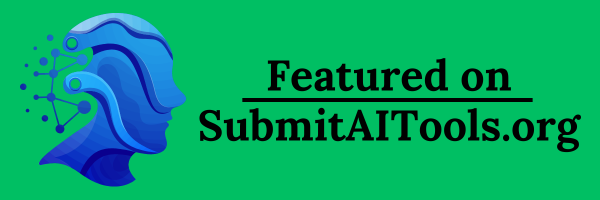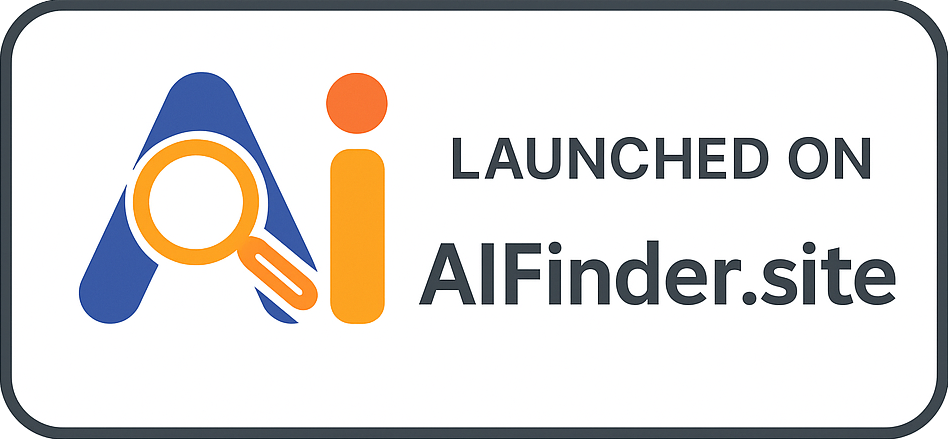Digital Asset Management
Digital Asset Management (DAM) refers to the systematic organization, storage, and distribution of digital assets such as images, videos, audio files, and documents, enabling brands to efficiently manage their content libraries.
Frequently Asked Questions
What is Digital Asset Management?
Digital Asset Management is a set of processes and technologies used to store, organize, and manage digital assets. This includes media files like images, videos, and graphics as well as other documents that are used in marketing, branding, and communication.
Where is Digital Asset Management used?
DAM systems are used by organizations across various industries, including marketing agencies, corporate businesses, and educational institutions, to streamline content creation, management, and distribution across multiple channels and platforms.
When should Digital Asset Management be implemented?
Digital Asset Management should be implemented when organizations have a large volume of digital content that needs to be organized and easily accessible. It's particularly useful when managing campaigns, product launches, or ongoing brand promotion efforts.
Why do we need Digital Asset Management?
DAM is essential for improving efficiency in content workflow, ensuring consistent branding, securing assets, and enabling collaborative work among teams. It helps prevent content duplication and loss, making it vital for effective digital marketing.
How to effectively use Digital Asset Management?
To effectively use DAM, organizations should choose the right software that fits their needs, establish clear metadata and tagging protocols for easy retrieval, and train teams on how to utilize the system to enhance workflow and collaboration.
Key Takeaways
In influencer marketing, Digital Asset Management plays a crucial role in ensuring that brands and influencers have quick access to high-quality digital content. By streamlining processes and improving content organization, DAM empowers effective storytelling and engagement with audiences.
Hot Glossary Terms
Influencer Marketing
Influencer Marketing is a strategy that leverages the influence of individuals with large followings on social media to promote products or services, aiming to reach a targeted audience effectively.
Social Media Marketing
Social Media Marketing refers to the use of social media platforms and websites to promote a product or service, encouraging user engagement and brand awareness through content creation and sharing.
Content Strategy
Content Strategy is a comprehensive plan aimed at creating, publishing, and managing high-quality content to achieve business goals and enhance user engagement.
Brand Partnerships
Brand Partnerships refer to collaborative relationships between two or more brands or influencers aimed at promoting mutual interests and achieving shared goals through combined marketing efforts.
Engagement Rate
Engagement Rate is a key performance metric in social media and influencer marketing that measures the level of interaction and engagement a piece of content receives from its audience.
Related Terms
Hashtag Usage
Hashtag Usage refers to the practice of using keywords or phrases preceded by the '#' symbol to categorize content, increase its visibility, and engage with specific audiences on social media platforms.
Net Promoter Score (NPS)
Net Promoter Score (NPS) is a customer loyalty metric that gauges the likelihood of customers recommending a company's products or services to others, thus indicating overall customer satisfaction and brand perception.
Affiliate Tracking
Affiliate Tracking refers to the process of monitoring and analyzing the performance of affiliate marketing efforts, allowing businesses and marketers to measure conversions, sales, and other key metrics related to their affiliate programs.
Influencer Marketing
Influencer Marketing is a strategy that leverages individuals with a substantial following on social media or other platforms, known as influencers, to promote products or services and engage target audiences authentically.
Brand Authenticity
Brand Authenticity refers to the genuine, transparent, and consistent portrayal of a brand's values, mission, and identity, fostering trust and loyalty among consumers.







